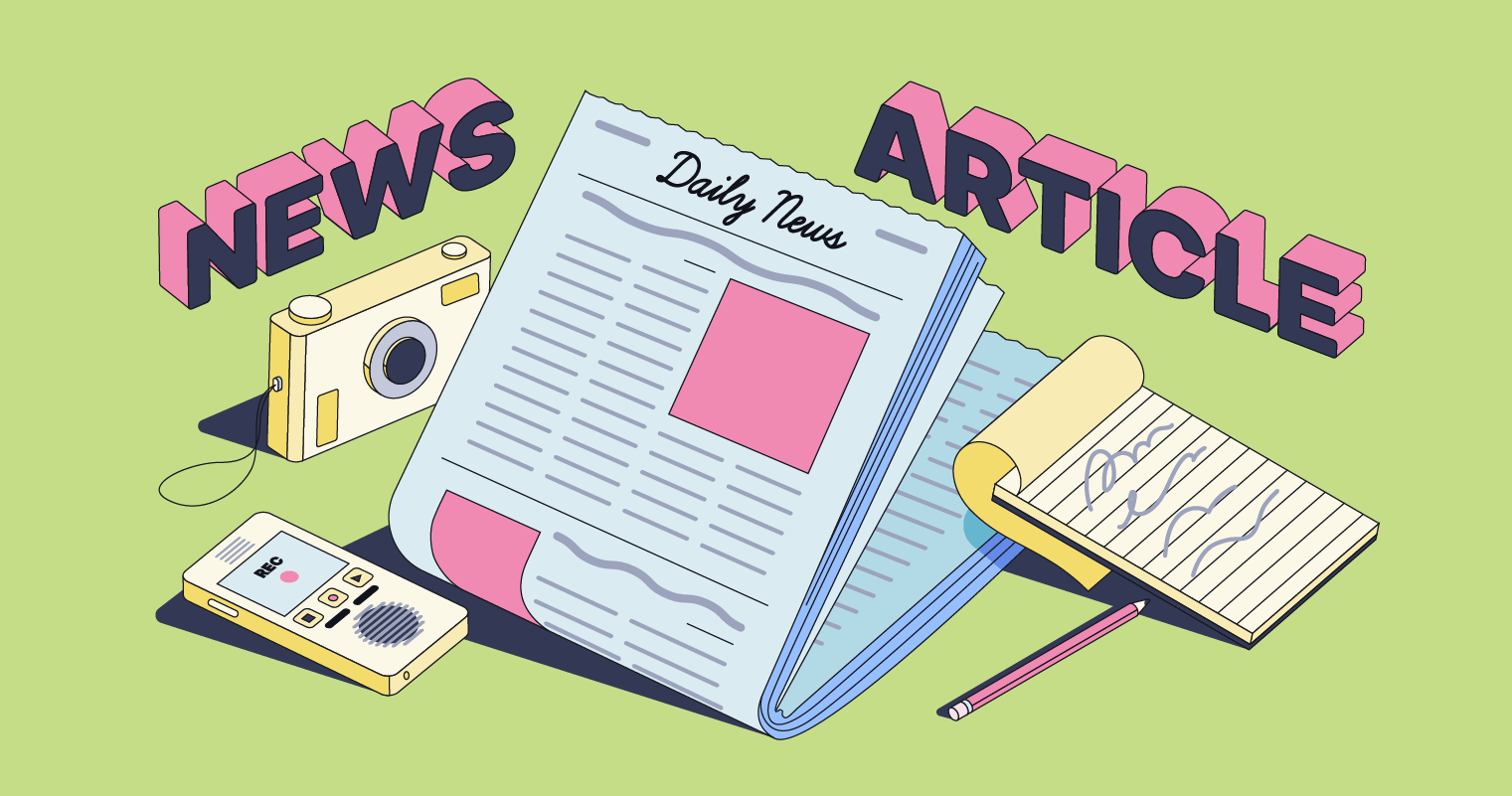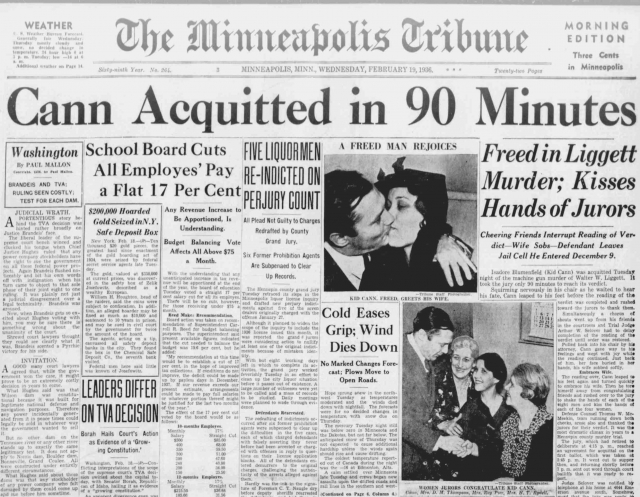The 6-Minute Rule for News Articles
The 6-Minute Rule for News Articles
Blog Article
The 7-Minute Rule for News Articles
Table of ContentsHow News Articles can Save You Time, Stress, and Money.Get This Report about News Articles9 Simple Techniques For News ArticlesOur News Articles DiariesThe 3-Minute Rule for News Articles
Excellent understanding of different topics offers pupils an one-upmanship over their peers. Despite the fact that digital and social networks are easily available, we should not neglect just how important it is to review the papers. Parents need to attempt and instill the routine of reading a newspaper as a day-to-day routine to proceed the heritage of the adored print tool.Information tales additionally contain at least one of the adhering to important attributes relative to the desired target market: proximity, importance, timeliness, human interest, strangeness, or effect.
Within these restrictions, news stories additionally intend to be thorough. Other elements are included, some stylistic and some acquired from the media type. Among the bigger and a lot more highly regarded papers, justness and balance is a major factor in offering information. Commentary is generally restricted to a separate section, though each paper may have a various overall angle.
Papers with an international audience, as an example, have a tendency to use an extra formal design of creating. The certain options made by an information outlet's editor or editorial board are usually accumulated in a design overview; usual style guides consist of the and the United States Information Design Publication. The primary objectives of information writing can be summed up by the ABCs of journalism: accuracy, brevity, and clarity.
All about News Articles
As a rule, reporters will not use a lengthy word when a brief one will certainly do. News writers try to prevent utilizing the exact same word a lot more than when in a paragraph (sometimes called an "resemble" or "word mirror").
Nonetheless, headlines in some cases omit the topic (e.g., "Jumps From Watercraft, Catches in Wheel") or verb (e.g., "Pet cat woman fortunate"). A subhead (likewise subhed, sub-headline, subheading, caption, deck or dek) can be either a subordinate title under the primary headline, or the heading of a subsection of the short article. It is a heading that precedes the major message, or a team of paragraphs of the main message.

of an article topic, informant, or interviewee), it is referred to directory as a pulled quote or pull quote. Added signboards of any one of these kinds may appear later in the short article (especially on subsequent web pages) to entice more reading. Journalistic websites sometimes utilize animation methods to switch one signboard for another (e.g.
The Facts About News Articles Uncovered
Such billboards are also utilized as tips to the article in other areas of the magazine or site, or as promotions for the item in various other publication or sites. Press launch of the Swiss federal government. Regular structure with title, lead paragraph (summary in vibrant), other paragraphs (details) and call information.

Instance of a hard-lead paragraph NASA click for source is recommending another space job. The budget plan demands around $10 billion for the job.
The NASA statement came as the company requested $10 billion of appropriations for the task. An "off-lead" is the second most important front web page news of the day. The off-lead appears either in the leading left edge, or straight below the lead on the. To "hide the lead" is to begin the article with history information or information of second relevance to the readers, compeling them to find out more deeply into an article than they need to need to in order to find the important points.
Excitement About News Articles
Typical use is that or more sentences each form their very own paragraph. Reporters usually describe the organization or structure of a news tale as an inverted pyramid. The necessary and most interesting elements of a tale are put at the start, with sustaining information adhering to in order of diminishing relevance.
It enables people to check out a subject to just the deepness that their inquisitiveness takes them, and without the imposition of information or nuances that they could consider irrelevant, yet still making that info offered to much more interested readers. The inverted pyramid structure additionally enables write-ups to be cut to any type of approximate length throughout layout, to fit in the room offered.
Some authors start their stories with the "1-2-3 lead", yet there are lots of type of lead available. This style usually begins with a "Five Ws" opening up paragraph (as defined over), adhered to by an indirect quote that offers to support a major component of the initial paragraph, and after that a direct quote to support the indirect quote. [] A twist can refer to multiple points: The last tale in the news broadcast; a "satisfied" tale to end the program.
Longer write-ups, such as publication cover articles and the pieces that lead the within areas of a newspaper, are known as. Function stories vary from straight information in a number of methods.
The Definitive Guide to News Articles
The journalist frequently information interactions with meeting subjects, making the piece extra personal. An attribute's very first paragraphs usually connect an intriguing moment or event, as in an "unscientific lead". From the particulars of a person or episode, its view swiftly widens to abstract principles regarding the story's subject. discover here The section that signifies what a feature is around is called the or signboard.

The Editor's Tool kit: A Recommendation Overview for Beginners and Professionals (2001) Allan M. Siegal and William G. Connolly. The New York Times Handbook of Design and Usage: The Authorities Design Overview Used by the Writers and Editors of the Globe's Many Authoritative Paper (2002) M. L. Stein, Susan Paterno, and R.
Report this page